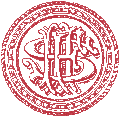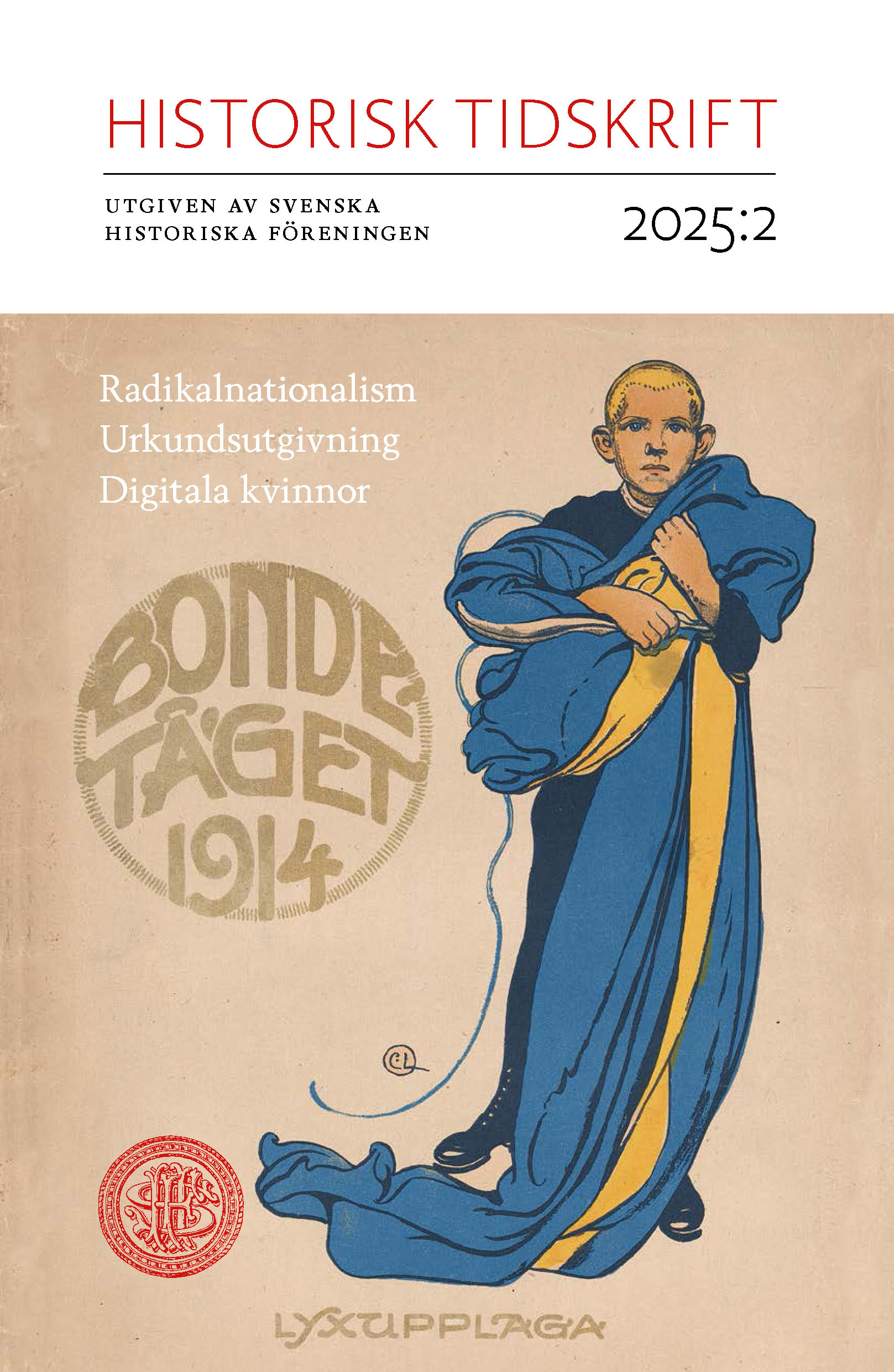Abstract
An outpouring of scholarly editions: Media history perspectives on the editing of historical sources in Sweden, 1834–1847
This article examines the scholarly editing of historical sources for publication in nineteenth-century Sweden. The analysis focuses on the approximately 500 letters exchanged between Hans Järta, the Director General of the National Archives of Sweden, and Bror Emil Hildebrand, the Director General of the Swedish National Heritage Board, from 1834 to 1847. The aim is to historicise scholarly editions as a medium in the production and dissemination of historical knowledge by studying the ideas and factors that influenced their editorial work.
Järta and Hildebrand were both members of the Royal Society for the Publication of Manuscripts on Scandinavian History and contributed significantly to its publications. Five key aspects of Järta’s and Hildebrand’s editorial work are considered: the discovery of documents and choice of editorial projects; selection criteria for the inclusion of texts in the publication process; presentation methods and anticipated readership; the challenges they encountered as editors; and the relationship between editorial and archival practices.
The analysis reveals that the editorial situation was shaped by various factors. Relevant documents were discovered in the archives, but the cost of publication required the Royal Society to be selective. Editorial projects were encouraged, and documents included, if they were considered significant. A document was thought significant if it had previously unknown information or provided reliable, specific insights into historical events. It is found that Järta and Hildebrand were not only motivated by nationalist interests. Within the overarching nationalist framework, their ambition was to generate new historical knowledge through their scholarship and source criticism. When they and other late nineteenth-century scholarly editors criticised their predecessors’ lack of scholarly rigour, theirs were media-specific utterances in processes of professionalisation and legitimation.
From the lack of set genres, aims, audiences, or publication formats it is evident that scholarly editions in the 1830s and 1840s were ”new media”. Järta’s and Hildebrand’s correspondence reflected their deliberations. The remediation involved in editing and publishing archival documents influenced other media, including physical archives and their contents. Beyond managing the risks of archival materials’ abundance and scarcity, scholarly editions functioned as media because they intervened in the relations between historians, archives, and the past.

